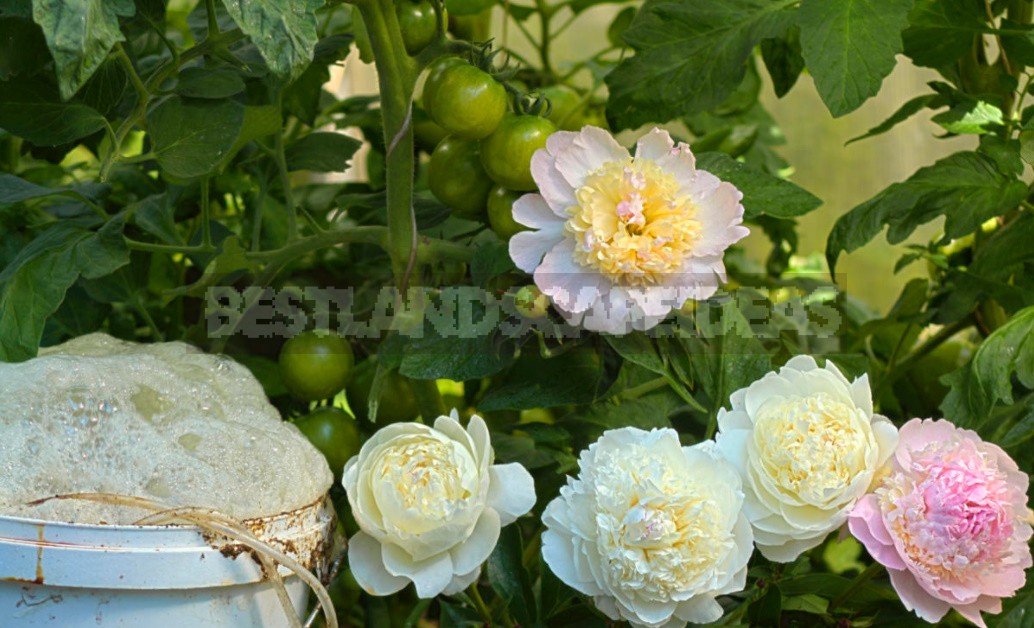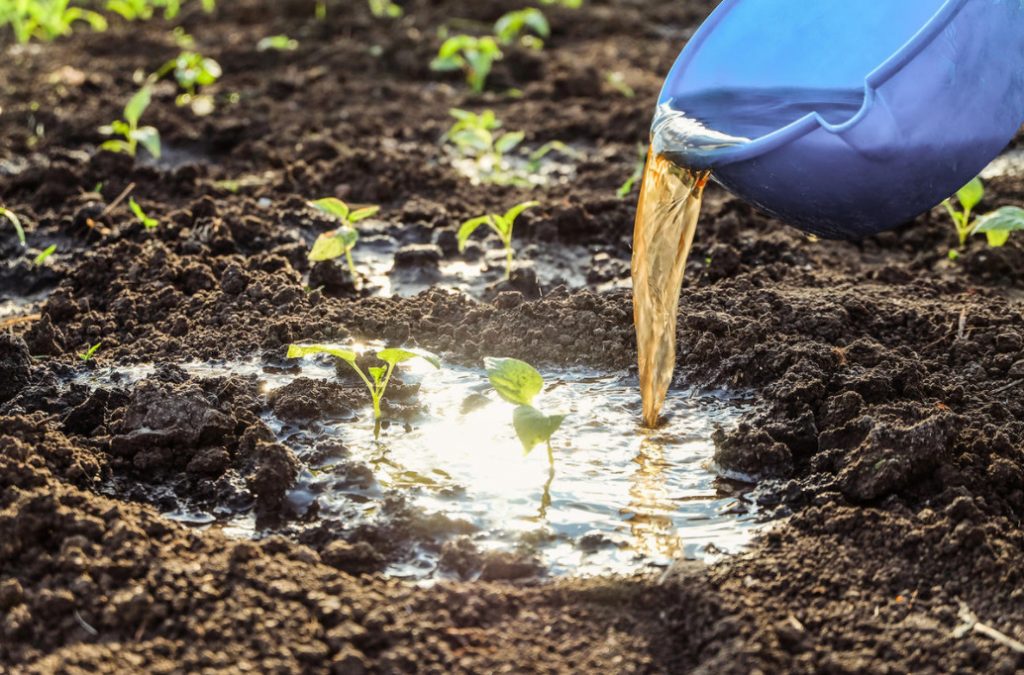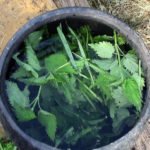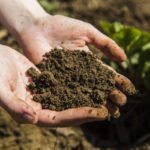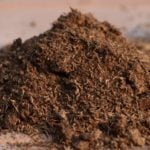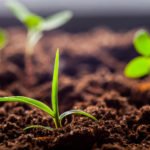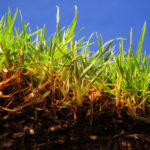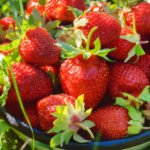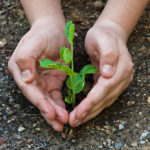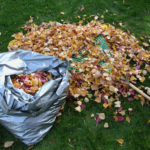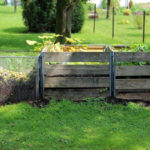Soil animals, along with micro-and macroelements, have a huge impact on the fertility of the land and, accordingly, on the yield. A balanced composition of the biocenosis indicates the health of the soil, which, as a rule, is achieved by a competent farmer.
Consider the “recipes” of cooking and the features of each of the fertilizers.
The first recipe. Wild EM compote
The ideal scheme for preparing “compote”, which can be followed approximately, according to the possibilities, is as follows. On a 200-liter barrel (or bath) of water, we throw a bucket of compost, a bucket or two of fresh grass, a liter of ash, a glass of nitrogen fertilizer, a couple of liters of any cheap sweets. If something is not there, do not worry, it will not be much worse. Only compost and sweetness are required.
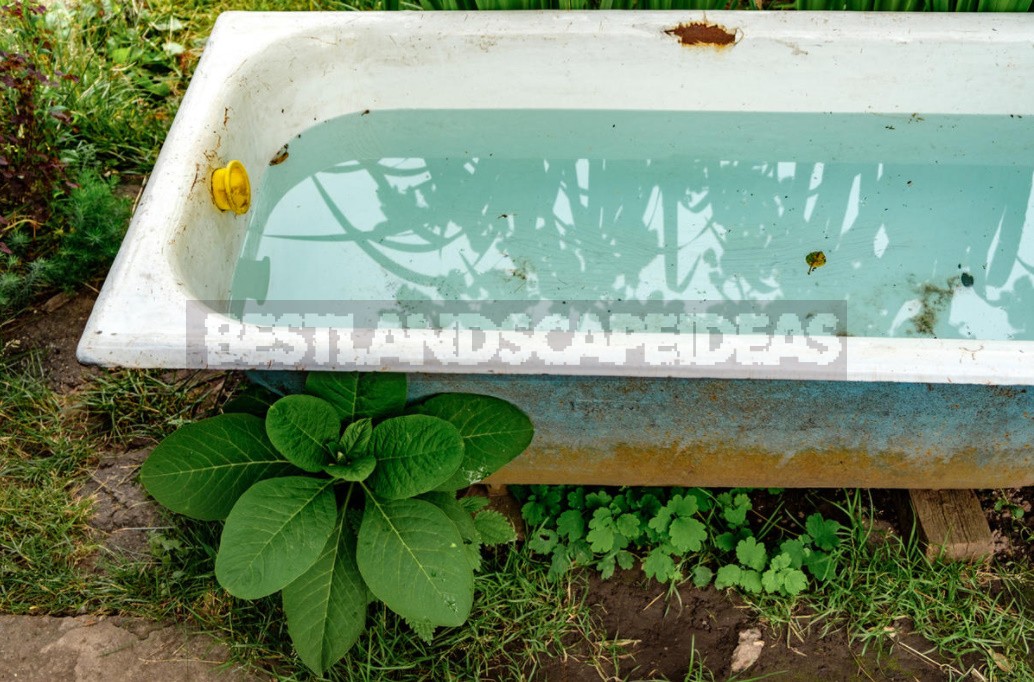
Stir occasionally. The cooking time is no more than 5 days. It surfaced, frothed and smelled of kvass — we wait a couple more days, then we breed 1:10 and water the plants. Or we breed it four times, we filter it and spray it. We got “wild” EM (effective microorganisms). I don’t think they are worse than “cultural”ones. The main thing is that there are enough microbes there.
The second recipe. EM-brew
How to prepare such a brew: for a three-liter jar, 1 cup of sugar and 1 teaspoon of ordinary baking yeast. After 3 days, it started playing, after a couple of days, I poured half a liter of water on a bucket and spilled a third of the experimental bed with plants. Add another half of the water. The results were simply inspiring: on the mash, the plants grew one and a half times stronger than on conventional fertilizers!
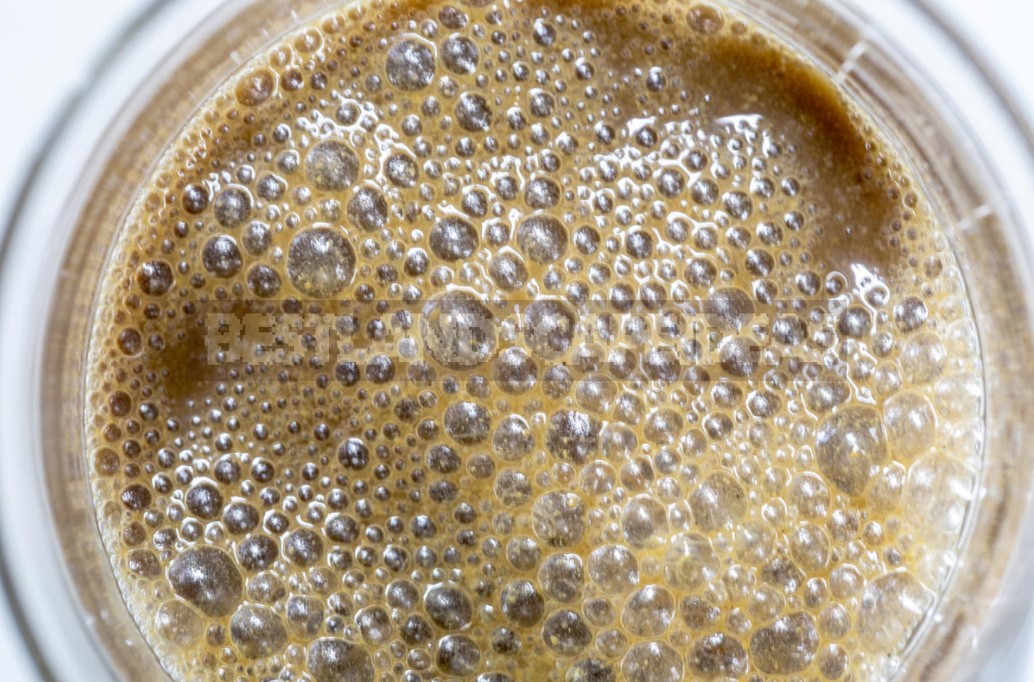
So do not think too much about what and how to make “compotes”. The more of everything, the better. Left the juice from the pickled vegetables, the old sour milk or whey and pour them. The main thing — there would be sweetness, and wild yeast will be found. If you want to speed up the process, add bakery or beer ones. But what’s the hurry?
The recipe is the third. EM-silage
The master of the garden brought the idea of “compote” to perfection. Everything is the same — ash, sweetness… only the barrel is covered to the top with grass-weeds, green leaves and twigs-and then filled with water. And at the beginning of the season, he adds some EM drug to the seed.

How to use EM-silage
Fermented, bubbled for three days — takes out the grounds and puts them under the plants. The remaining liquid is diluted 1:3 — and poured under them. But not all of it: he leaves a couple of buckets in a barrel for leaven. And again fills the barrel with herbs, adding sweetness. And so-all summer.
The recipe for the fourth. Aerated Compost Tea
This is a true gift for gardeners — the simplest method of home production of complex “superbiopreparations” for your favorite beds and greenhouses. Now in Australia, the United States and Europe, it is active (often — factory).) aerated compost teas — aerated compost teas-are prepared and used. In production conditions, take compost of a certain composition, 20-50 times diluted with water, add molasses or any cheap sweetness (1 glass per bucket) — and intensively pass air. A large bucket, an ordinary aquarium aerator, and any mature humus from under a pile of weeds will do for us.
In the aerobic mode, the whole useful cenosis — all aerobic-saprophytic up to fungi and protozoa-explosively multiplies in the sweetened solution. During the day, the concentration of microbes increases by 200-300 thousand times. Dilute in 20-40 times-and apply. Only — on the same day: the live microsociety is not stored.
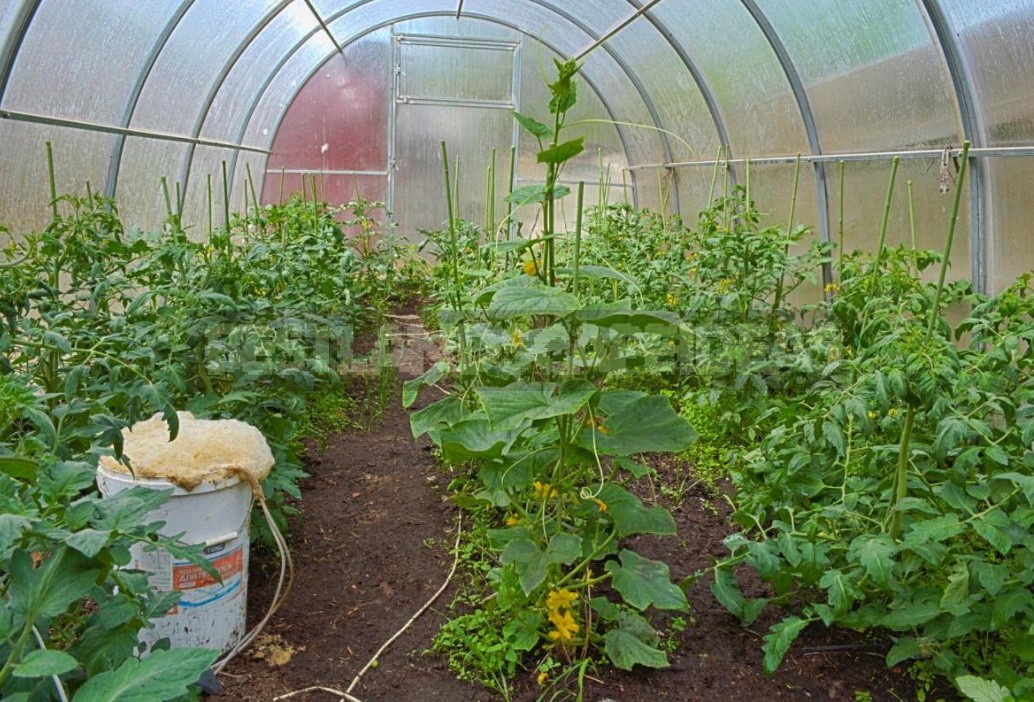
How to use aerated compost tea
You can pour it into the soil, and it is better to feed it on the leaves once every 2 weeks. Before use, it is good to add another glass of sweetness to the bucket: this is a quick start for microbes, and a gift for the roots. If you give the decomposers of “heavy” cellulose “light” sugars, they are happy to become sweet-toothed and stop working on roughage until they run out of sweets. This phenomenon is called catabolite repression. But you should not be afraid of it: after eating sugar and fairly multiplying on them, microbes again take up fiber — there would be nitrogen, and in aerated compost tea and other compost extracts it is enough, and there are also a lot of nitrogen fixers.
This is what happens in nature: a rotten fruit or litter has fallen — microbes rush to digest the most easily digestible, “burn gasoline”. The “luck” is over — they bite into the fiber, lignin and chitin, spending more energy. To do this, all saprophytes have different types of metabolism.
Aerated compost tea is a great, breakthrough idea for private owners. The garden soil can be improved in general with the help of different compost teas-there will definitely be no harm, as well as from other different water filtrates of compost or biohumus.
